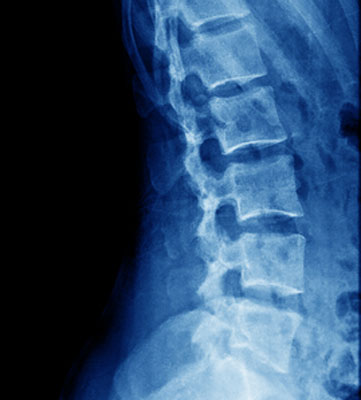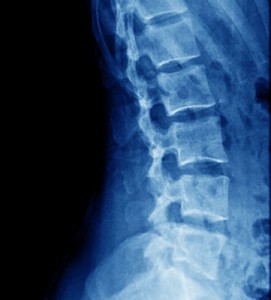New data on quality-of-life benefits of Simponi in treating patients with nr-axial SpA presented at EULAR 2015
Posted: 10 June 2015 |
MSD has announced additional data from a subanalysis of the GO-AHEAD study on the effect of Simponi in treating patients with nr-axial SpA…


MSD, known as Merck in the US and Canada, has announced additional data from a subanalysis of the GO-AHEAD study on the effect of Simponi® (golimumab) in treating patients with non-radiographic axial spondyloarthritis (nr-axial SpA).


Axial spondyloarthritis (axial SpA), which encompasses both nr-axial SpA and ankylosing spondylitis (AS), is a painful and potentially progressive condition that mainly affects the spine and pelvic joints, commonly characterised by chronic lower back pain and stiffness.
GO-AHEAD is a multicentre, randomised, double-blind, placebo-controlled study. Quality of Life (QoL) findings from the study, published at EULAR Congress this week, showed that patients with nr-axial SpA treated with Simponi had greater improvements than those treated with placebo. At week 16, Simponi patients had greater improvements from baseline QoL than those receiving placebo against all scales of the Ankylosing Spondylitis Quality of Life (ASQoL), EuroQoL 5-Dimension (EQ-5D), and the 36-item Short Form Health Survey (SF-36). Patients treated with Simponi also experienced greater percentage improvements in measures of overall work impairment at week 16 versus placebo-treated patients, as well as in activity impairment at week 16 as evaluated by the Work Productivity and Activity Impairment (WPAI) questionnaire.
“The burden of disease is similar in axial SpA and AS, and effective suppression of inflammation can result in a considerable improvement of quality of life outcome parameters”, explains study author Professor Joachim Sieper, consultant and head rheumatologist at the Charité University Hospital, Berlin. “Such a good effect on disease activity and quality of life was nicely shown in the current study of the TNF-blocker golimumab in nr-axial SpA patients compared to the group of patients treated with placebo.”
Simponi received a positive opinion from the CHMP for the treatment of patients with nr-axial SpA in May 2015
The key results of the GO-AHEAD study, also presented at the EULAR 2015 Congress and previously presented at the American College of Rheumatology (ACR) Congress, demonstrated the efficacy of Simponi in patients with nr-axial SpA. The primary-endpoint data showed that 71.1% of patients treated with Simponi achieved ASAS (ASsessments in Ankylosing Spondylitis) 20 at 16 weeks compared with 40% of placebo-treated patients. The ASAS assess symptomatic outcomes across domains including physical function, pain, global disease assessment, spinal stiffness and inflammation.
In May 2015, Simponi received a positive opinion from the Committee for Medicinal Products for Human Use (CHMP) for the treatment of nr-axial SpA. If approved by the European Commission, the new indication will mean that Simponi will be available as a once-monthly treatment option for adult patients with severe, active nr-axial SpA with objective signs of inflammation as indicated by elevated C-reactive protein (CRP) and/or magnetic resonance imaging (MRI) evidence, who have had an inadequate response to, or are intolerant to non-steroidal anti-inflammatory drugs (NSAIDs).




